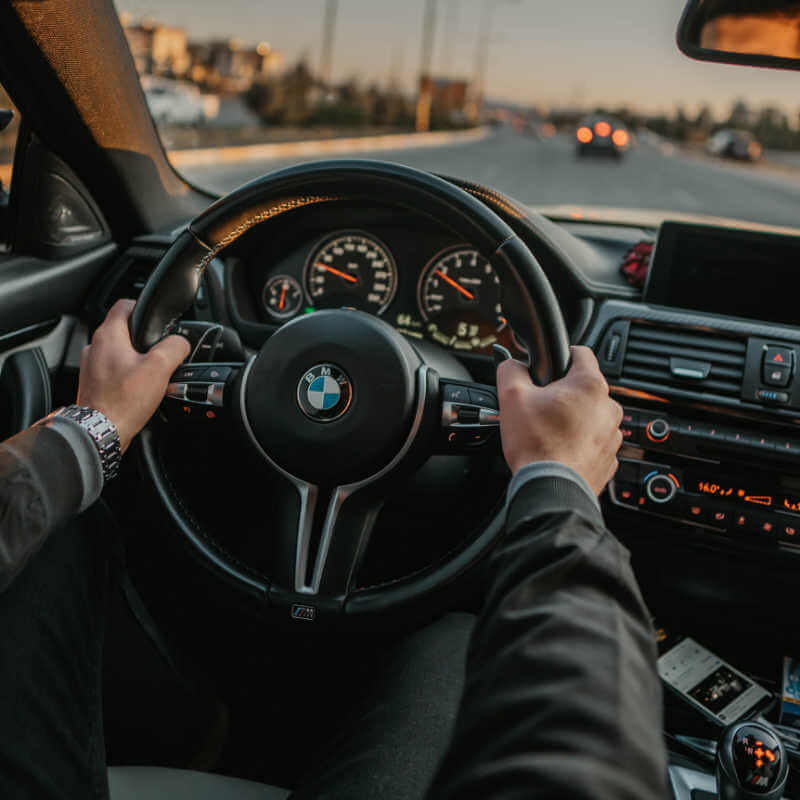It is no secret that driving while drowsy is extremely dangerous, but new research is showing why we get so sleepy when driving or even while riding in the car. It also supports the fact that we must find a solution fast.
Article by: Ted Quinn
According to new research, driving makes us lethargic, even while most alert. New studies show data that should interest both car manufacturers and road safety experts. Experiments show that while in motion, cars emit a low-frequency vibration that begins to make both drivers and passengers sleepy after just 15 minutes of exposure!
In this study, 15 test subjects were put through a highway driving simulation and researchers monitored their heart rate variability. The HRV is a good test of drowsiness because it detects the changes in the central nervous system that occurs when we physically feel tired. The data supported the claim that it takes just 15 minutes for the driver to feel tired and 30 minutes for the tiredness to have a noticeable effect on the driver. The sleepiness levels were also found to steadily increase throughout the duration of the experiment.
Unfortunately, these results are slightly limited due to the small sample used. Additionally, the driving simulation was not an extremely accurate representation of the real thing. However, the extreme tiredness and its effects are extremely noteworthy. With further research, car manufacturers should change some of the design of cars to reduce vibration, such as changing the shaping of car seats. But, that may take a while, so road safety specialists should calculate the maximum amount of time that a driver can and should be driving, before the drowsiness has adverse effects.
Either way, a solution must be found, since 1 in 5 fatal crashes are due to at least one drowsy driver. For now, all we can do is take preventative steps to avoid extreme sleepiness while driving. Part of the problem is that some drivers are already drowsy when they get behind the wheel. In fact, 60% of Americans admit to getting behind the wheel while feeling tired and 37% report having actually fallen asleep.
Those numbers are insane, especially since previous research has shown that driving while drowsy has the same effects on your driving as if you drive while under the influence of alcohol. Experts say that if you drive after staying awake for 18 hours straight, it has the same impact of having a BAC of 0.05 (when the legal limit is 0.08). Furthermore, after staying awake for 24 hours or having a restless night’s sleep, your driving skills are impaired the same way as if you have a BAC of 0.10.
If you choose to drive while tired and a collision occurs, you can probably say goodbye to your cheap auto insurance, since your premiums will likely increase. But, sometimes drivers are not aware of how fatigued they really are and have a hard time judging if/when they will fall asleep. So, if you notice that you or someone else driving has any of these symptoms it is a telltale sign that they need to rest a while before continuing.
- Difficulty Focusing
- Excessive Yawning
- Drifting/Getting too Close to Other Vehicles
- Having Trouble Keeping Your Head Up
These are just a few signs that a driver is drowsy and should get off the road as soon as they possibly can. Hopefully, experts can find an effective solution to help alert drivers stay alert in a combined effort with drowsy civilians avoiding getting behind the wheel to minimize the fatalities caused by driving while feeling tired.

